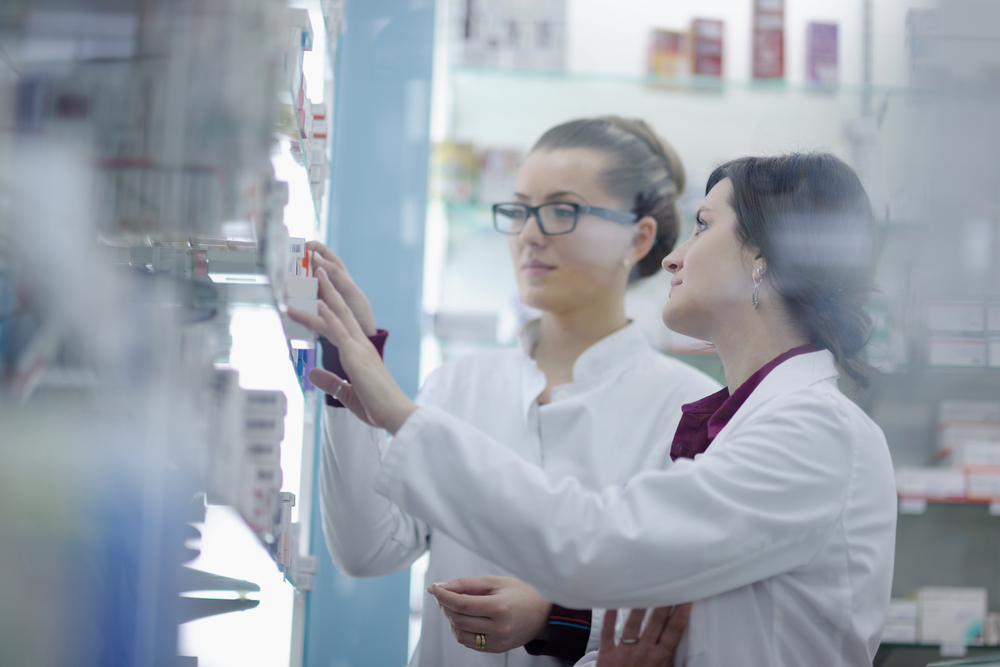Outcomes® helps pharma keep patients on their glucose monitoring and antidiabetic therapy

Pharma
By Alex Evans, PharmD, MBA
Up to one in 10 Americans is currently living with diabetes, according to the Centers for Disease Control and Prevention (CDC), and unfortunately that figure is projected to skyrocket to as many as one in five Americans by 2050. Although there have been significant strides made in glucose monitoring and drug therapy, diabetes still puts these patients at risk for a host of complications, including heart disease, kidney failure, blindness, amputations and nerve damage.
Despite these alarming predictions, adherence remains a challenge for those living with diabetes. A study published in the journal Medicine linking EMR data to claims data for over 24,000 antidiabetic prescriptions found one out of four patients never had their prescription filled. Possible barriers to adherence are numerous, including higher copays, transportation barriers and health literacy.
Glucose monitoring is another often-overlooked aspect of adherence that providers rely on to make informed, appropriate treatment decisions. Continuous Glucose Monitoring (CGM) can relieve patients of many of these burdens and also provide more information to the provider than traditional glucose monitoring devices. Unfortunately, though, patients prescribed a CGM device might still face financial and insurance barriers, leaving them unable to access this component of care.
A report published by Kaiser Health News states that an estimated 2 million Americans are using CGM devices and 8.4 million Americans are using insulin, according to the American Diabetes Association. Another study found that 63.2 million prescriptions for SGLT2 inhibitors and 63.4 million prescriptions for GLP-1 receptor agonists were dispensed in the United States between January 2015 and December 2020. All this means enormous opportunities for improved adherence to both blood glucose testing as well as a broad range of antidiabetic therapies.
Here's how partnering with Outcomes will help your pharma brand remove barriers to keep patients on their therapies, improve patient outcomes and provide a strong return on objective.
Adherence challenges for drug manufacturers
As a patient, checking blood glucose multiple times per day is difficult, and a 2015 study published in the Journal of Diabetes Science and Technology found that adherence to glucose monitoring is poor. Patients can forget to test, forget to carry testing supplies with them, forget to log their results, avoid it due to a fear of needles or pain and face financial and insurance barriers. In addition, the average patient with Type 2 Diabetes is on around seven medications and the majority have comorbid conditions they must also manage, along with ensuring they get enough sleep and exercise and follow a healthy diet. That said, it can be easy to forget there is a person behind this, one who wants to enjoy birthdays, holidays, time with family and friends — one who has obligations outside of taking care of their health.
For manufacturers, the surge in innovation for the treatment of diabetes also means a lot of competition. Multiple CGM devices, generic and biosimilar insulin products, second-generation basal insulins, and a crowded field of SGLT2 inhibitors and GLP-1 receptor agonists mean few products will be the only one in their class. Manufacturers can stand out in this environment by looking to product-enhancing services and support.
Supporting patients on their adherence journey is one way for manufacturers to meet patients where they are, so they can focus more on living their life and less on managing their diabetes. It's also a great way for manufacturers to differentiate their products and offer patients, prescribers and pharmacists the tools they need to overcome adherence challenges.
Partnering with Outcomes to improve patient care
It's been proven that when pharma manufacturers are able to connect with their patients and intervene in their medication therapy, positive outcomes occur. That said, in general, manufacturers are limited in what they can do for their patients due to a lack of access to patient data. Without this information, manufacturers are unable to reach on-therapy patients directly to offer them the resources they need to prevent or correct non-adherence. In a busy practice or pharmacy, it can also be difficult for healthcare providers to introduce their patients to support programs or find the time for one-on-one consultations.
That's where Outcomes comes in to help, providing a full suite of tools to prevent missed connections. To date, over 16 million patients have received informative, helpful manufacturer resources through the Outcomes platform, saving them money and keeping them adherent. With innovative technology, our robust network of over 16,000 partner pharmacies care for patients on the targeted therapy through patient calls and face-to-face meetings, while our digital platform enables pharmacies to send refill reminders, coupons and savings information, patient surveys, adherence prompts and other support resources.
Through the Outcomes network, your brand has the opportunity to fully integrate with our platform to reach more patients at the right time in their journey by sending tailored messages and adherence reminders from their trusted pharmacy as well as rich, dynamic content like videos and images. In fact, brands who work with Outcomes realize a 13-23% increase in adherence to their products and a 7-11x ROI on their investment. Outcomes will set your brand up for successful patient interactions, that will yield positive health outcomes.



